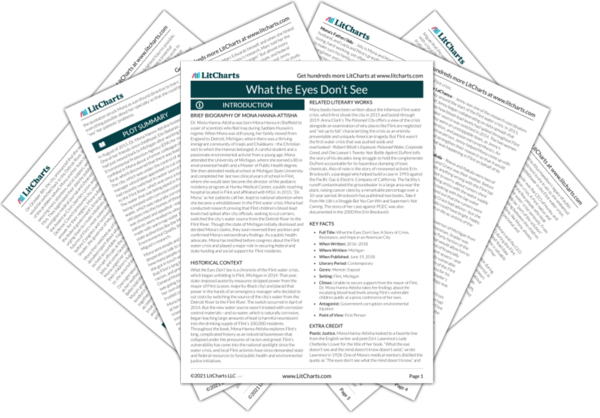With data that clearly showed that the switch in Flint’s water source had had a direct impact on the blood-lead levels of Flint’s vulnerable children, Mona and Jenny knew that they had an opportunity to shake their local and state governments out of inaction. But they were also aware of how dismissively those same governments might react to their research—and so they began taking careful steps to ensure that they were using the utmost caution while still delivering results for the people of Flint. Their neighbors needed help as quickly as it could come—but if Mona and Jenny rushed their research, they could squander their only chance to get important officials’ attention.
